Innovation is the lifeblood of progress, not just in gaming but in every facet of our world. Gamers eagerly await each new release, expecting it to bring fresh ideas and unique experiences. Dragon’s Dogma 2, slated for a 2024 release, has generated significant buzz due to its improved pawn system. However, while this AI-driven companion feature has its merits, it alone might not be enough to justify a sequel. Dragon’s Dogma 2 could take a page from Final Fantasy XII’s playbook and learn from the groundbreaking Gambit System to revolutionize how players interact with AI-controlled characters.
The Pawn System vs. The Gambit System
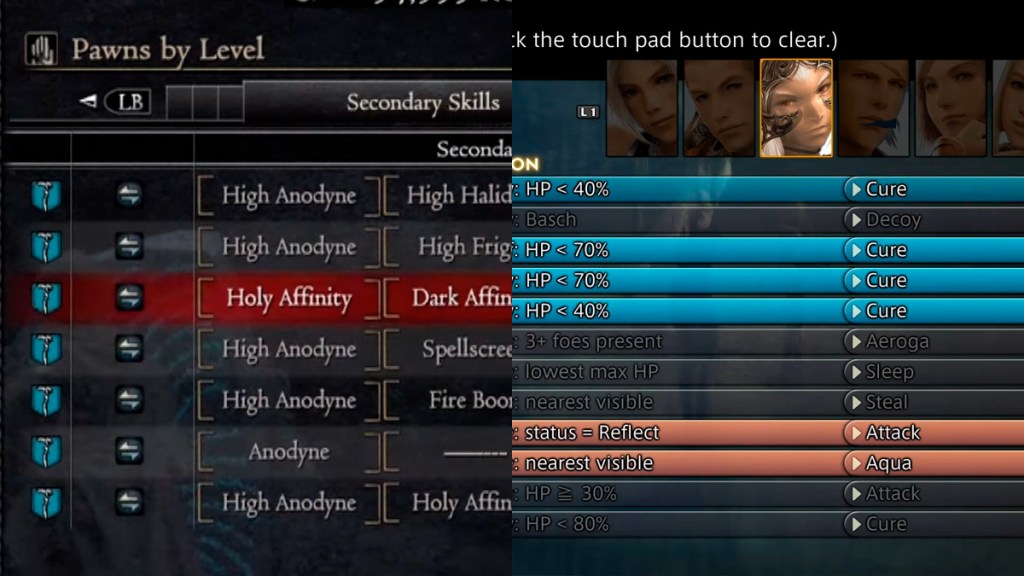
In 2012, Dragon’s Dogma introduced us to the concept of pawns — customizable AI companions that accompany players on their epic adventures. Players could completely customize their pawns’ physical appearance and even use pawns from other players. Back then, the concept of getting a say in how your party members would look and even being able to borrow some from other online players blew everyone’s minds. The game even inspired an anime series.
However, nowadays, even the Sims 4 brings more to the table while still having a massive community-shared library of online creations. While the Pawn system is undoubtedly unique and charming, it has limitations. Players can only enlist two pawns at a time, and having them in the party comes at the cost of reduced experience gain. The AI-controlled pawns also struggle with inclinations, and their vocations are limited to basic and advanced classes.
In contrast, Final Fantasy XII’s Gambit System, introduced in 2006, allowed players to program their party members with remarkable precision. This system is a sophisticated set of “If/Then” commands dictating how characters behave in battle and exploration. For instance, a Gambit “Ally: HP < 50%: Cure” character will automatically cast a healing spell on any party member whose health falls below half. A list of priorities determines the order of execution, and conditional statements govern when and how each Gambit is activated.
The Gambit System: A Leap Ahead in 2006
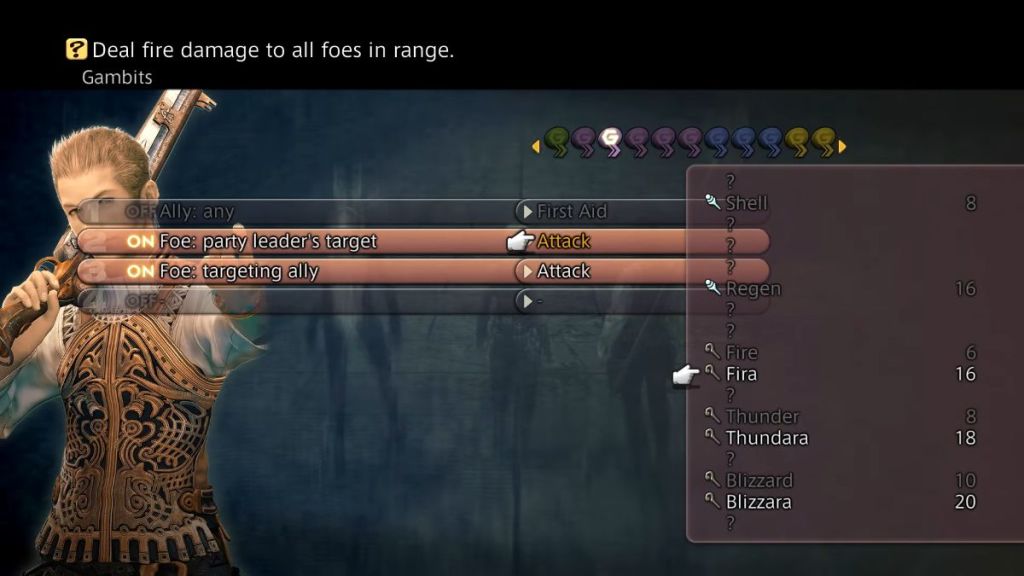
The Gambit System in Final Fantasy XII was nothing short of revolutionary. It offered a programming-like experience, empowering players to automate combat while retaining control over character behaviors. It was complex, but once mastered, it streamlined routine battles and made challenging boss fights more manageable. So much so that when Final Fantasy XII received a remake in 2017 with Zodiac Age, the Gambit System was kept intact, while other features were completely renewed to fit in with modern titles.
The Gambit System’s brilliance lay in its simplicity: an “If/Then” command system, where a condition determined a character’s action. This system lets you customize and automate how your party members behave. You don’t need to switch party members to heal yourself or to tell Balthier that he should target enemy A instead of B, you dummy.
While one can argue this led to playing the game like a walking simulator, I like to think of it as being the director of your own symphonic masterpiece. You have to purchase, equip, and arrange the priorities of these gambits before going up against an enemy. You are the one who orchestrated this series of commands for the battle to unfold the way it does. Of course, there’s always room for surprises and unexpected turns. You’d still have to intervene every now and then, but it all boils down to perfecting the music sheet for the next performance. It felt like programming and was a concept way ahead of its time.
Applying the Gambit System’s Lessons to Dragon’s Dogma 2
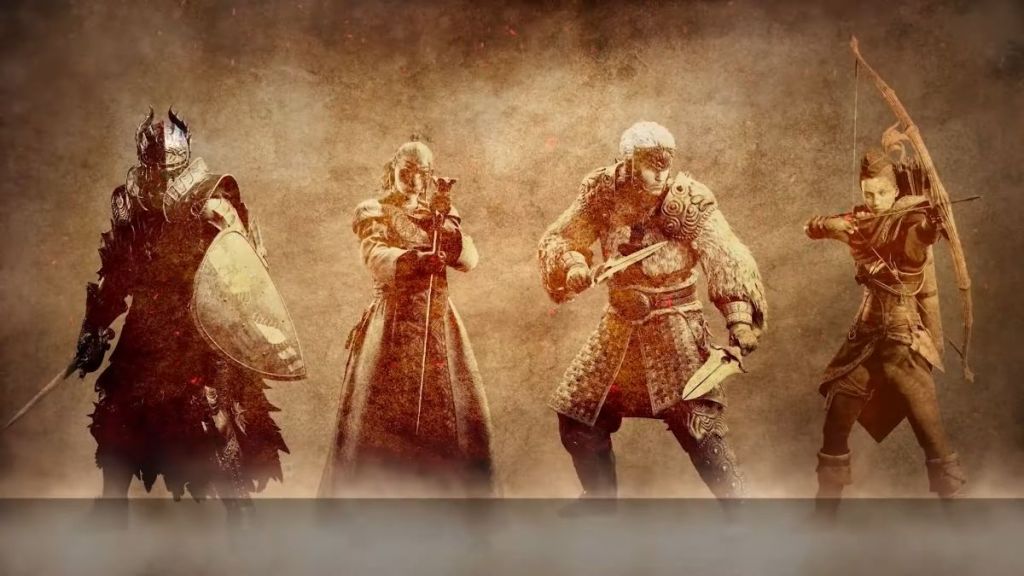
So, how can Dragon’s Dogma 2 benefit from the lessons of the Gambit System?
Managing pawn inclinations in the original Dragon’s Dogma was a challenge. Learning from the Gambit System, Dragon’s Dogma 2 could introduce a more intuitive way to shape AI behaviors. Players could create priority-based rules that dictate how pawns act, leading to more reliable and context-aware companion behaviors.
Implementing a system similar to the Gambit System would allow players to customize their AI companions in unprecedented ways. You could create intricate condition-action pairs, defining how their pawns react to various in-game situations. This level of customization would help you connect with these otherwise empty, dull AI companions.
Plus, the Gambit System’s ability to automate routine tasks was a game-changer. In Dragon’s Dogma 2, such a system could minimize the need for micromanagement during battles. Instead, you could focus on climbing a cyclop’s back to stab its eye. It would also reduce the frustration of companions making poor decisions in the heat of combat.
In short, embracing the programming-like experience of the Gambit System would add depth to Dragon’s Dogma 2’s gameplay. It would give players a sense of agency over their party’s actions, fostering a feeling of mastery and satisfaction as they fine-tune their AI companions.
The Road Ahead for Dragon’s Dogma 2
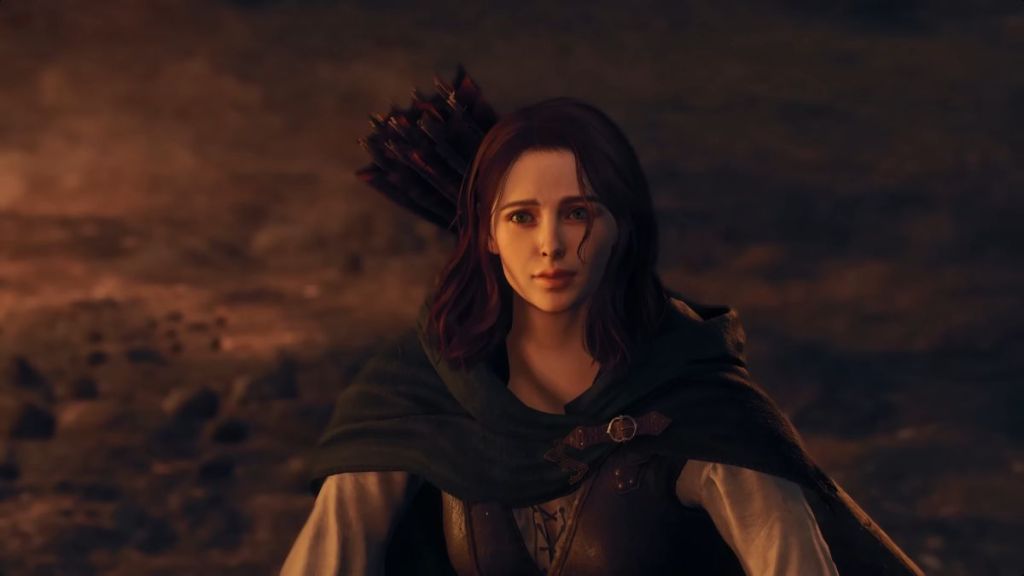
Dragon’s Dogma 2 has recaptured the attention of gamers worldwide with its promise of a refined pawn system. However, it must evolve beyond its predecessor to truly stand out in today’s competitive gaming landscape. Drawing inspiration from the Gambit System could be the key to pushing the boundaries of what AI-controlled companions can offer.
Final Fantasy XII’s Gambit System was committed to providing players with the tools to shape their in-game experiences. If Dragon’s Dogma 2 can capture even a fraction of that innovation and user empowerment and give it its own twist, it could pave the way for a new era of AI-driven gaming companions with Dragon’s Dogma 2’s pawn system.
Related: Final Fantasy 7 Ever Crisis Gacha Ruins The Game
I’m eagerly awaiting the release of Dragon’s Dogma 2 in 2024. I adored the first game, and the concept of customizing allies or borrowing others’ was mind-blowing in 2012. Still, I can’t help but hope that it will honor the legacy of its predecessor and embrace the lessons from one of gaming’s most groundbreaking systems. In doing so, it has the potential to redefine the way we interact with AI companions, making our journeys through its fantastical world all the more immersive and unforgettable.

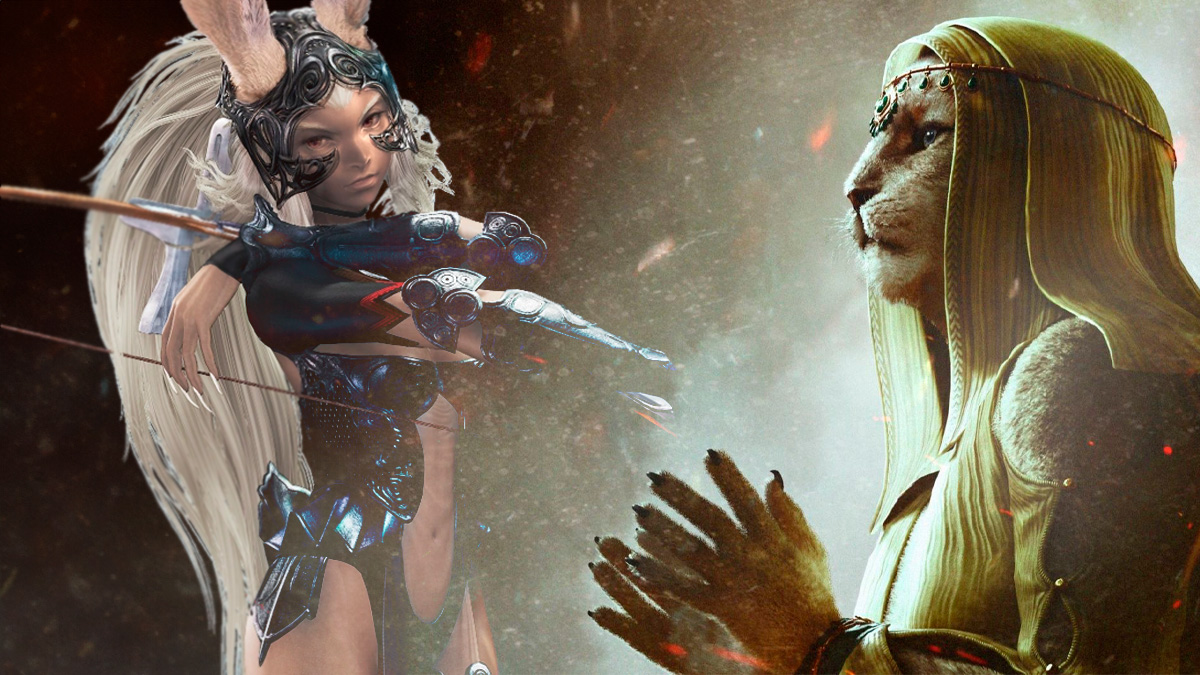
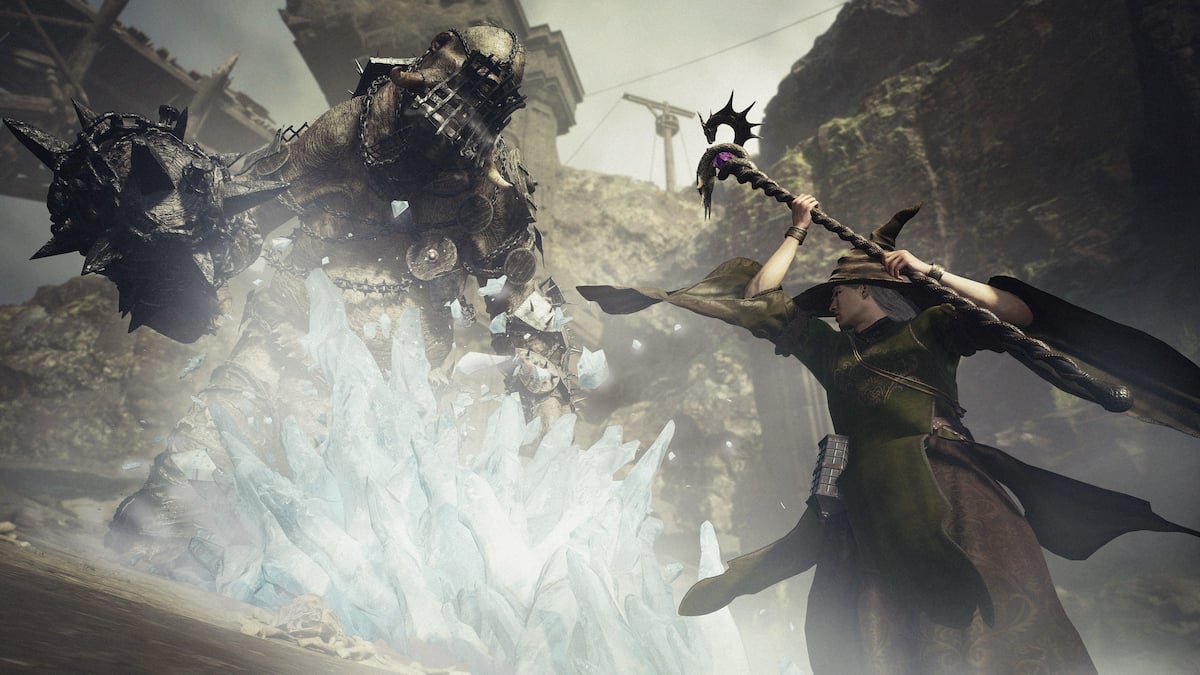
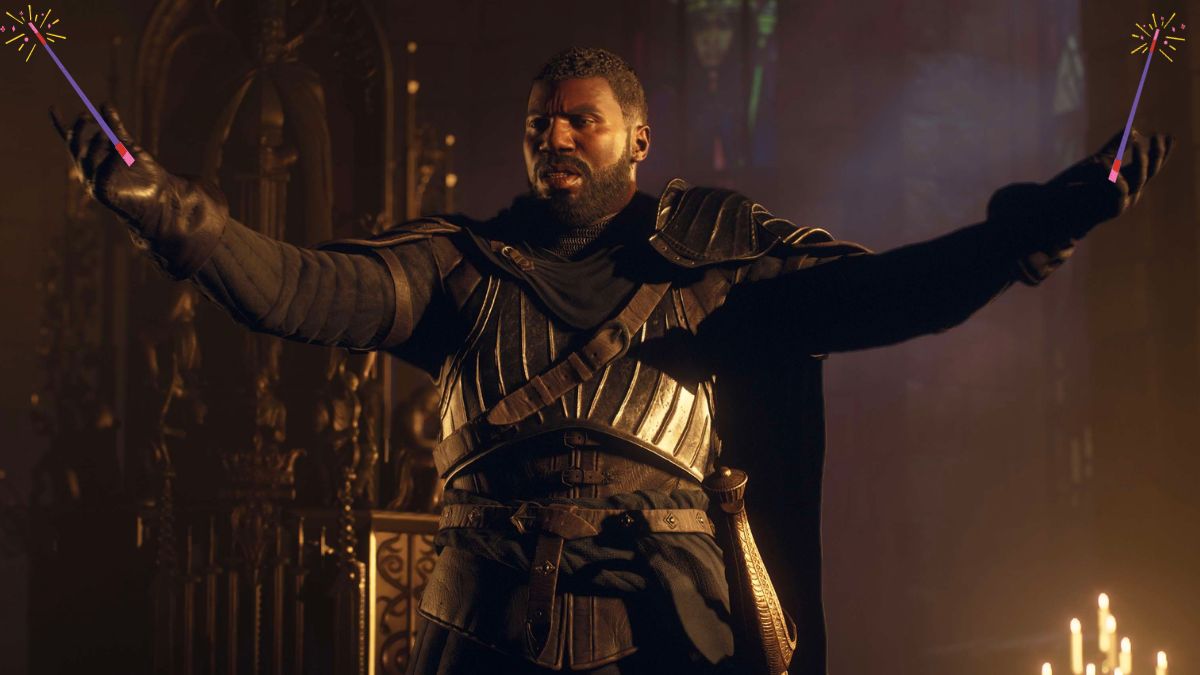
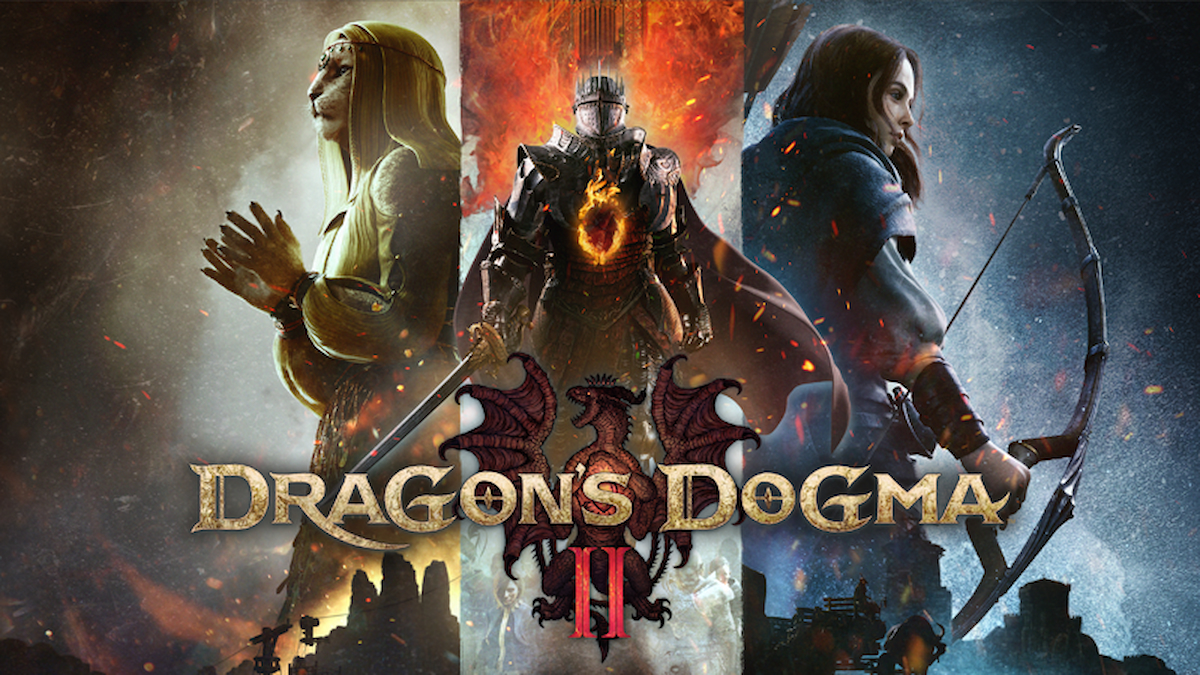
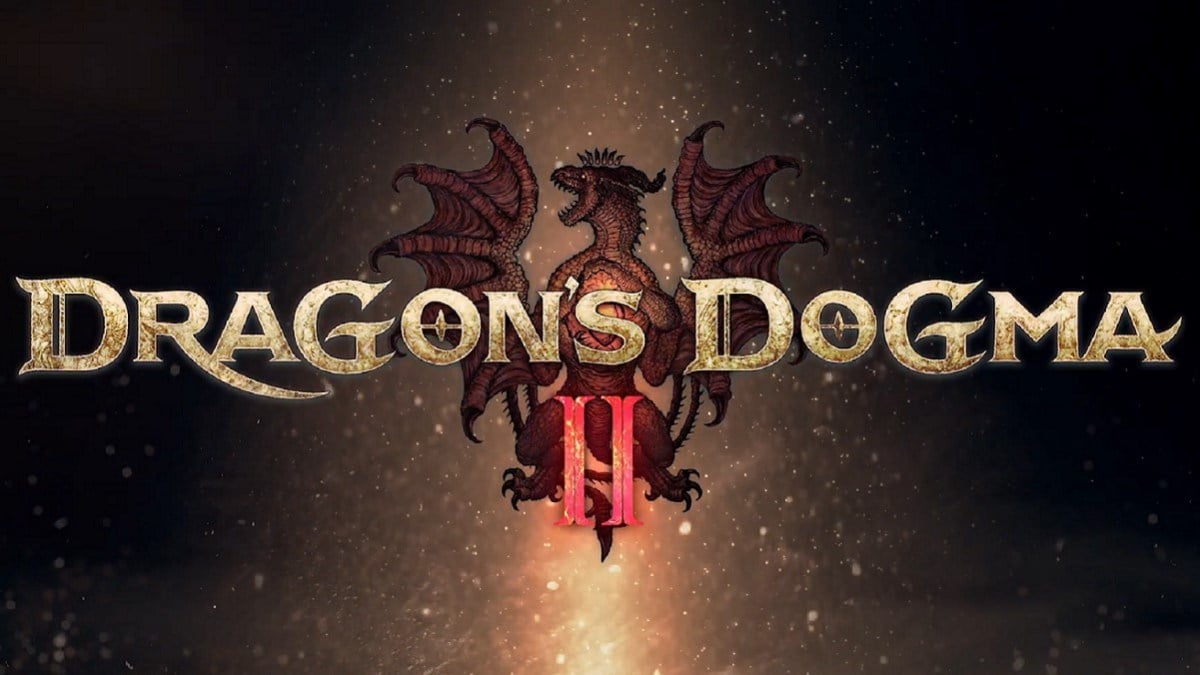
Published: Oct 5, 2023 12:24 pm